Experiencing Atami is incomplete without a stroll through its notalgic shotengai or traditional shopping streets. These old-school shopping arcades that we can still find in Japanese cities and towns capture the essence of a bygone era, and the ones located in Atami are certainly no exception. Heiwadori Shotengai and Nakamise Shotengai, both established in the 1950s, are, along with the historic Atami Ginza Shopping District, the perfect complement to get a better understanding of the town’s daily life.
The Charm of Atami’s Shotengai Shopping Arcade
Nostalgia is a powerful drive. It doesn’t even have to be only about one’s own past happy experiences but also about the feelings associated with certain themes or aesthetic influences. It works quite effectively when you leave the Atami Station Building and are greeted by this charming space as a sample of everything else to come. These small cultural hubs are where locals and visitors enjoy a stroll, discover unique shops, visit their longtime staples, and savor local delicacies. The atmosphere is fun yet comforting, evoking memories of simpler times. But this is Atami we’re talking about, so there will always be a quirky component.
Japan loves its mascots so finding cute character designs associated with the town you’re visiting is just par for the course. But Atami’s mascot pushes the originality of the concept with a cute middle-aged, balding man sporting small fairy wings. His relatively recent inception in 2013 shows a humorous and endearing self-awareness of Atami’s target audience and, maybe, wise insight into the aspirations of those of us who love this town.
According to his origin story, he was a young salaryman who visited Atami on a company trip. Falling hopelessly in love with this town, he transformed into a fairy to stay here forever. He’s grown old, which is how his current appearance is explained. We may not be able to turn into onsen fairies but we can still cherish the thought with all the cute Atsuo merch we can find scattered through the different shops.
Heiwadori and Nakamisedori: Keeping the Nostalgia Alive
Heiwadori and Nakamisedori, established in 1951 and 1956, respectively, are adjacent to one another and just a minute’s walk from the train station, each stretching out with an array of shops offering everything from fresh seafood to traditional crafts. The atmosphere here is a lively mix of old and new, with long-standing family-run stores alongside modern boutiques. Heiwadori, or Heiwa Street, is slightly more inclined to modern shops and restaurants, while Nakamisedori retains a more traditional feeling.
Dried fish, known as himono, and manju (soft steamed buns filled with sweet bean paste) are some of the most distinctive local flavors, and popular choices for snacks and souvenirs. Being a seaside town, grilled and fresh seafood are some of the main culinary highlights besides seasonal produce.
The adjacent streets are also worth exploring to discover some hidden jewels and continue the immersion like we had traveled back to the Showa era. However, the feeling doesn’t really stop there, as walking further down the street beyond either shotengai, the commercial streets leading down the sea are also lined with interesting shops, cafes, and restaurants.
Atami Ginza Shopping District
Walking further into town, we find what used to be the original commercial district of Atami. The Atami Ginza Shopping District, once a thriving center of commerce, suffered a sharp decline after the bubble economy burst, which was the nail in the coffin after the construction of the shopping streets in front of the station in the 1950s began to shift the flow of commercial activity.
However, recent revitalization efforts have breathed new life into this historic area, and new businesses catering to locals and visitors are still opening. So, it’s interesting to walk around and see the oldest surviving shops mingling with new trendy spots. I’m still partial to the classics, but new developments are always better than a closed storefront.
The new face of Atami Ginza has sparked renewed interest among locals, which in turn has helped attract more tourists. It remains to be seen to what degree the area is able to adapt while preserving the nostalgic atmosphere that defines the town.
How to Get to Atami
To reach Atami from Tokyo Station, the fastest option is taking the Tokaido Shinkansen. The Kodama and Hikari services on the Shinkansen can transport you to Atami in approximately 40 minutes. Alternatively, you can travel on the JR Tokaido Line, departing either from Tokyo Station or Shinagawa Station. However, this journey takes longer, with an estimated travel time of 90 minutes. For those who prefer traveling by road, there are direct highway buses available between Atami and Shinjuku or Tokyo Station, but the duration is considerably longer, between two and three hours.
Atami’s shopping streets and commercial district are interesting windows into the town’s history and the pulse of its contemporary life. It’s where locals gather, and festive events take place, so we can get an approximate idea of what life is like beyond the strictly touristy attractions. Behind the quirky characters and local souvenirs, there is so much we can learn if we pay attention.

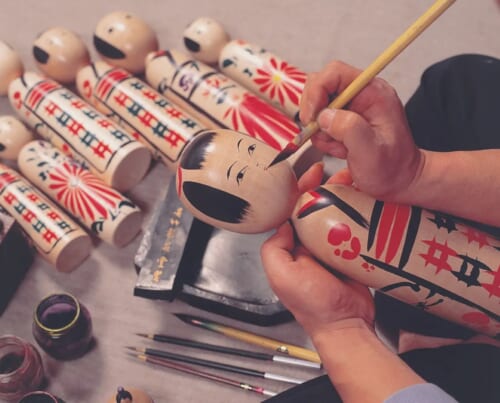

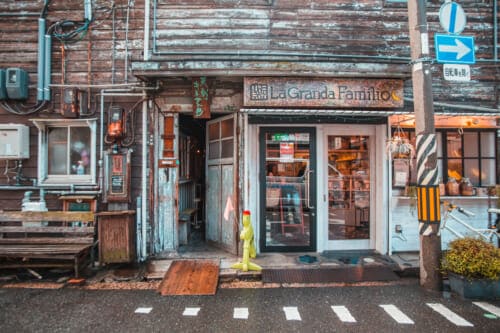

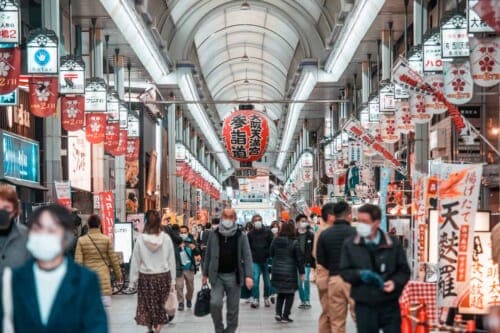
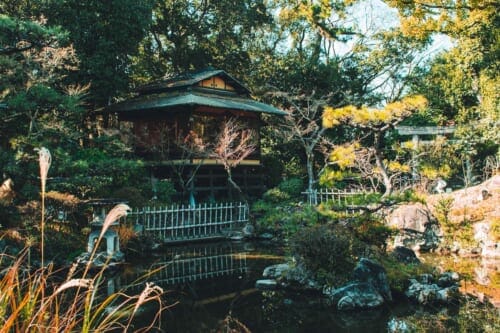
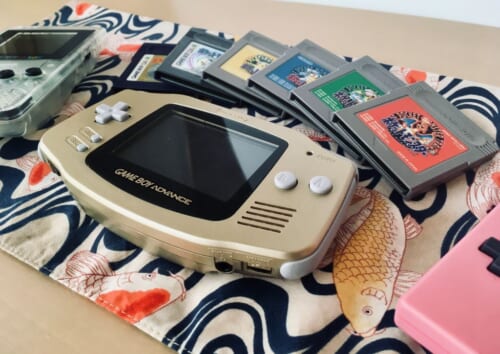

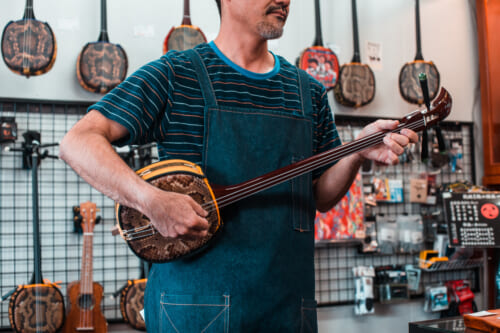


No Comments yet!